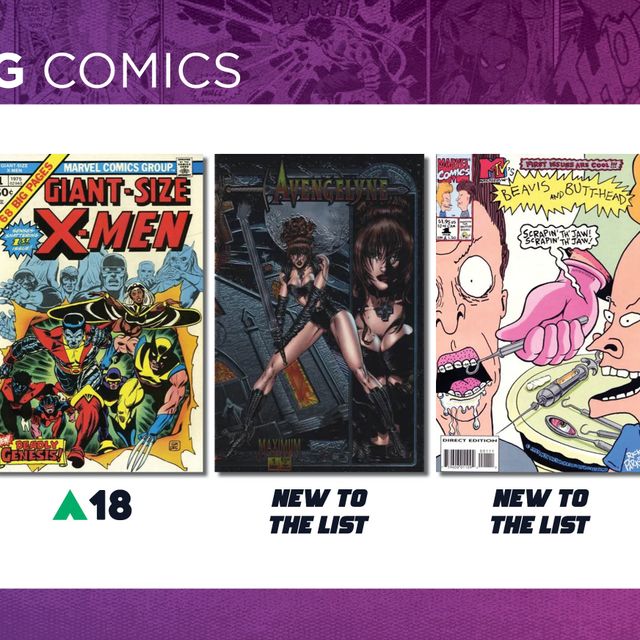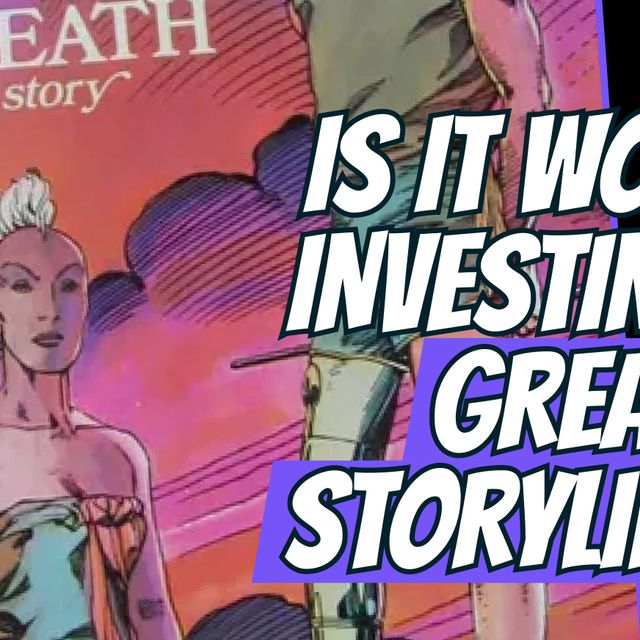via The Blog From Another World
 Everyone know the Beatles: the hordes of screaming girls, the Beatlemania, the countless albums that shot out hit song after hit. But while Arne Bellstorf's Baby's in Black features the Fab Four, it really focuses on the lesser-known "Fifth Beatle," Stuart Sutcliffe, and his romance with photographer Astrid Kirchherr. Sutcliffe, a talented painter as well as a musician, left the band in 1961 and died unexpectedly of an aneurysm in 1962.
Everyone know the Beatles: the hordes of screaming girls, the Beatlemania, the countless albums that shot out hit song after hit. But while Arne Bellstorf's Baby's in Black features the Fab Four, it really focuses on the lesser-known "Fifth Beatle," Stuart Sutcliffe, and his romance with photographer Astrid Kirchherr. Sutcliffe, a talented painter as well as a musician, left the band in 1961 and died unexpectedly of an aneurysm in 1962.
Bellstorf spoke at length with Kirchherr to get her perspective on growing up in post-war Germany in the early 1960s and meeting Sutcliffe. Originally published in Germany, the English translation is brought to us by independent publisher First Second, who sent us an amazing six-page preview of the book, out May 9. Check it out, as well as our interview with Bellstorf, below!
TFAW.com: What made you decide to focus on the "Fifth Beatle," Stuart Sutcliffe, and his girlfriend Astrid Kirchherr?
Arne Bellstorf: I was interested in the time–the youth culture in Hamburg, and what it was like being young in the early '60s. Astrid went to the same art school as I did, and I could relate to her life in many ways, despite all the things that were different back then. We talked about what was important to her, aesthetically, and what influenced her–French existentialism, Jean Cocteau, Oscar Wilde, Cool Jazz–and what happened when she met Stuart and the Beatles.
First of all, The Beatles and their world was something she observed from a distance, like from another planet. And although she liked the loud, "hot" Beatles, it was Stuart she was particularly interested in–the silent, introverted, and to her the "coolest" guy in the band. He quickly became part of Astrid's world. This is what I was interested in and wanted to depict: Two worlds collide, aesthetically, things merge, and then fuse into pop culture.
TFAW.com: Does Baby's in Black mostly focus on those two, or do we get an inside look into the rest of the Beatles?
AB: No, I wasn't interested in the Beatles, but in the time and the people surrounding them. This group brought a number of important elements together in their music, but they also decontextualized and mixed certain looks and codes from youth cults: they helped create and became pop culture, themselves. I think they were never interested in finding the roots of "authenticity"–they were always "pop," and they kept undercutting their own pretenses.
If this book is about the Beatles at all, it's about where they came from and what influenced them in the first place. Knowing about Stuart, who was a close friend of John Lennon, and his untimely death, maybe helps [the reader] to understand where Lennon's urgency and radicalness came from. And maybe even why he was trying to fulfill his artistic dreams later on (with a foreign girl, not unlike Astrid), when he had already achieved everything a musician could ever dream of.
TFAW.com: What do you think would have become of Stuart, if he had lived?
AB: Stuart died at the age of 21, when he had just started to study again and live with his new love in a new town, in a foreign country. He sure was talented as a painter, but he was still experimenting, searching for something. His work as an artist will probably forever be contextualized by its position within the early career of the Beatles.
TFAW.com: How did you prepare for drawing people as famous as the Beatles? Were you trying for a realistic look?
AB: As a comic artist or cartoonist, I'm never trying to achieve a realistic or naturalistic look within a narrative. It's about creating characters, finding a formula, and in some respects, working with stereotypes. But I tried not to look at the "famous" Beatles. When Astrid met them, they were just a small group, playing in seedy cellars and bars in Hamburg, and they looked like Teddy Boys.
TFAW.com: What do you hope readers take away from this book?
AB: First and foremost, it's a love story. A true, tragic love story, about young people searching for something as a new decade opened.
Because of all the myths and legends surrounding anything related to Beatles history, it's difficult to reconstruct the "historical" events soberly and realistically, and I chose Astrid's perspective and her attitude–so it's basically her story. I think it's interesting to see, especially for younger readers, what exactly led to the mass pop culture we live in today, and how it was growing up in post-war Europe, during the beginnings of a new youth culture–the awakening to the viability of alternate ways of life.
We want to thank Arne Bellstorf and First Second for a great interview! Pick up Baby's in Black May 9 and experience is for yourself.
Do you wish you could go back in time and experience the youth culture of the 1960s? Post your comments below!










